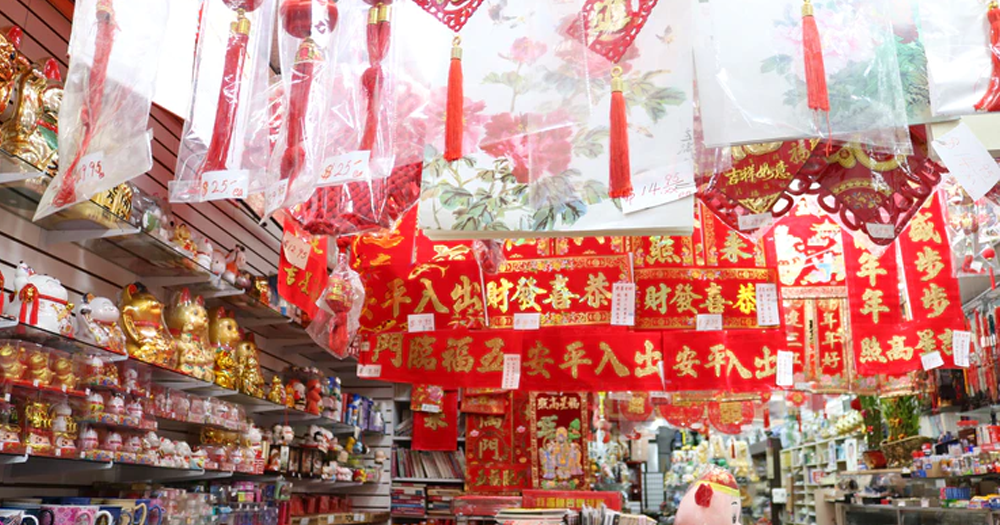Follow us on Telegram for the latest updates on Covid-19: https://t.me/mothershipsg
As of Feb. 16, there are twelve confirmed Covid-19 patients linked to the Mei Hwan Drive cluster, with at least nine of them having attended the same same Chinese New Year (CNY) gathering on Jan. 25.
The nine patients who attended the CNY gathering are Patients 66, 68, 70, 71, 80, 83, 84, 88, and 91.
This was announced in a press conference on Feb. 25.
Patients 50, 55, and 65 are also linked to the Mei Hwan Drive cluster. While it is unclear whether they had attended the Feb. 25 gathering, they are family members of those who did attend.
Contact tracing by the Ministry of Health (MOH) and the Singapore Police Force (SPF) has also revealed the source of the infection at the family gathering, namely, Patients 83 and 91, a married couple.
The couple are likely to have been exposed to the virus on Feb. 19 at The Life Church and Missions Singapore on the same day as Patients 8 and 9.
Status of cases
As of Feb. 25, patients 50, 55, 65, 66, 70, 83, and 84 have been discharged.
Patients 68, 71, 88, and 91 have yet to be discharged.
As for Patient 91, she had already recovered by the time she was contacted by the police, though her infection was confirmed subsequently.
Process of contact tracing
The process of contact tracing started with Case 66, who is likely to be the earliest infected case from the Grace Assembly of God (GAOG) cluster.
After Cases 83 and 91 were confirmed, MOH and SPF were able to establish that Case 66 attended the same CNY gathering with case 83 and 91 who had been to Life Church.
Importance of tracing "backwards"
Previously, the source of infection for the Mei Hwan Drive cluster had not been clearly ascertained, since none had recent travel history to China.
At the press conference, MOH explained that the process of contact tracing and identifying links between clusters provides greater assurance that the clusters are under control.
Tracing "backwards" from a confirmed case is done in order to look for the source of infection. If the source can be confirmed, it provides "confidence that these cases were not from widespread community infection but a sequential chain of events."
Top image from Unsplash
If you like what you read, follow us on Facebook, Instagram, Twitter and Telegram to get the latest updates.
